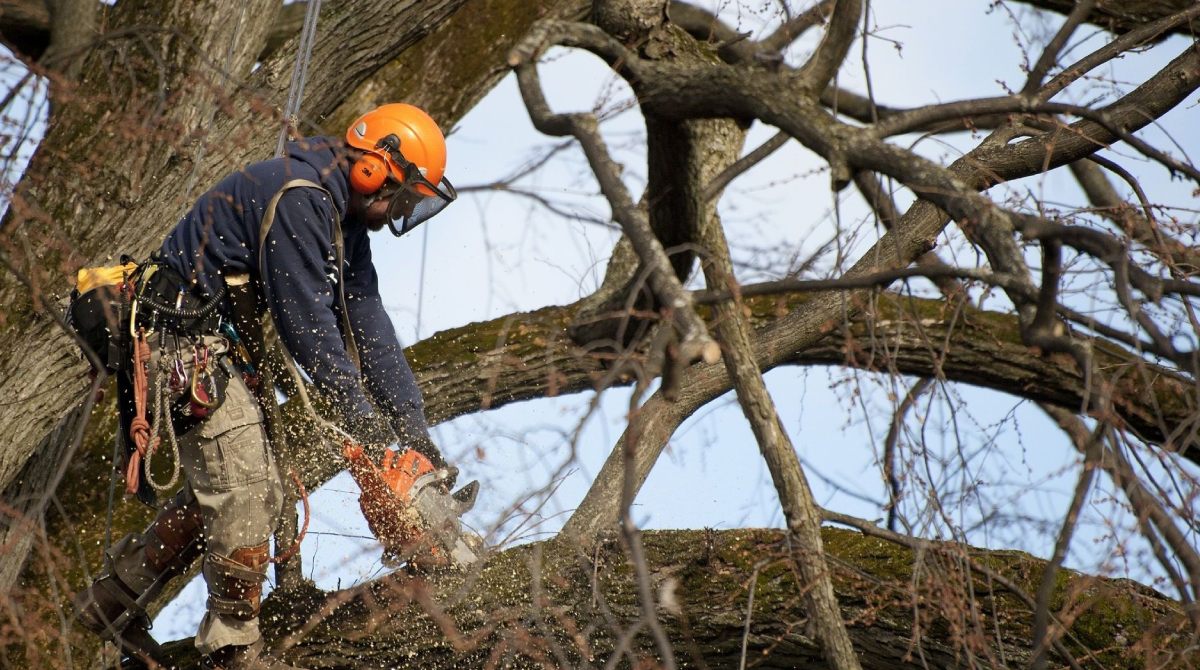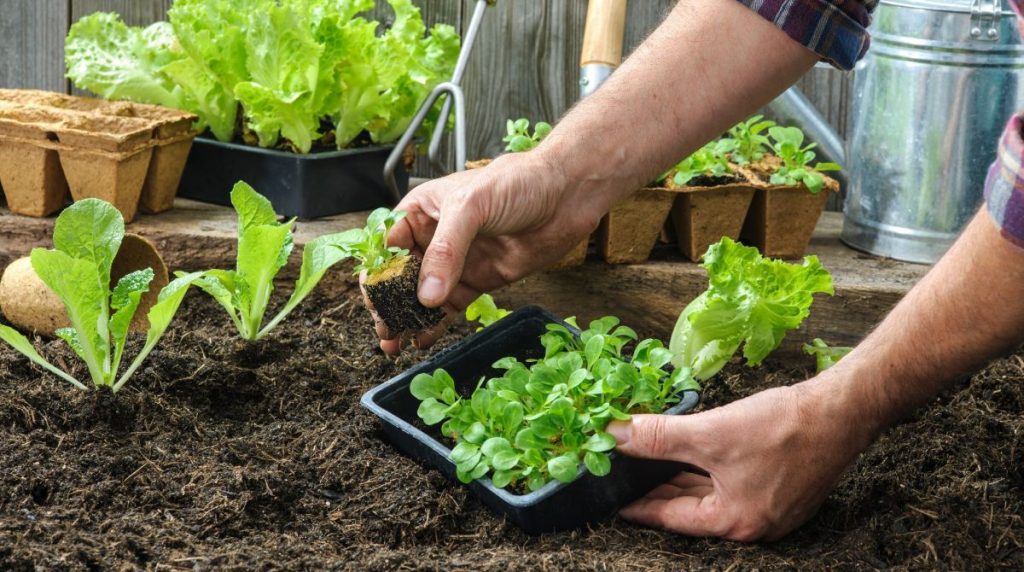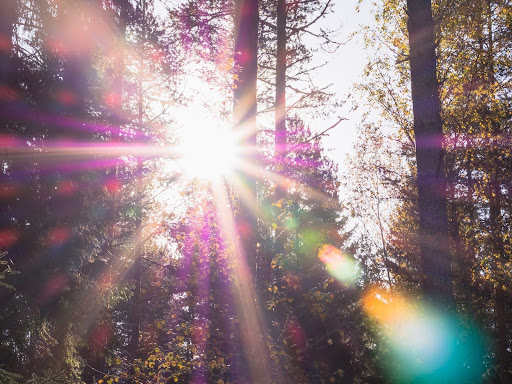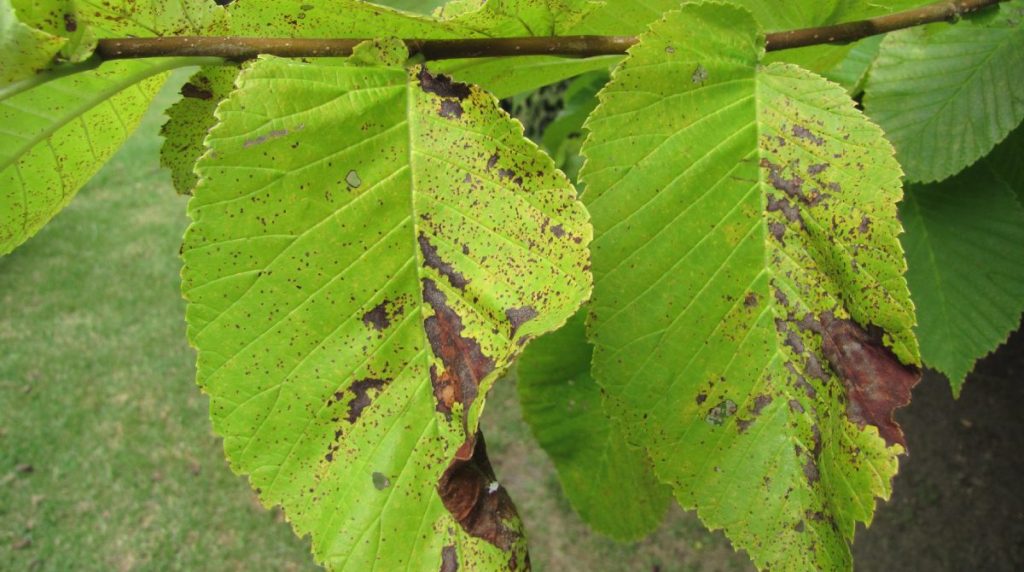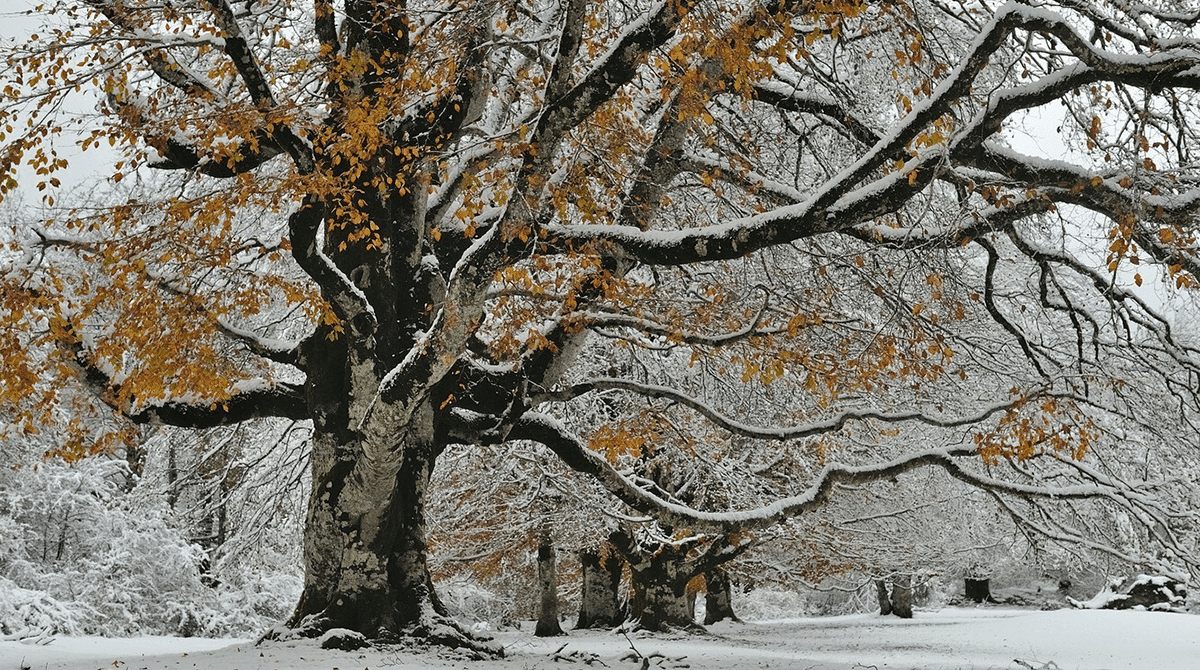
What Are the Common Causes of Winter Damage to Trees?
Date March 09, 2021
Category
Winter can be tough on trees. In North Texas, our trees and shrubs are more accustomed to mild winters and harsh summers so that below-freezing temperatures can be tough on our landscaping. Although we don’t get a lot of snow in DFW, we get some, and sometimes we get ice storms, which can be even worse for trees. The cold, dry winds that whip across our properties can also be an issue for trees and shrubs. Below are some common causes of winter damage to trees, followed by some winter tree care tips for how you can protect your trees and shrubs during the cold months.
Frost Damage, Sunscald, and Frost Crack
When temperatures drop below freezing, your trees experience stress. When there’s the weather like we experienced in February, where temperatures stay below freezing for several days or fluctuate between freezing and warmer temperatures, that’s a recipe for frost damage or sunscald. Sunscald occurs when a plant freezes at night and is then exposed to warmer temperatures and direct sunlight during the day. The combination can damage a tree’s bark or “burn” evergreen foliage that continues to transpire in winter. Although it’s unlikely that sunscald will affect large, well-established trees, it could damage your shrubs or young trees. Your tree might also develop frost cracks when temperatures fluctuate. Frost cracks are vertical cracks in the trunk that typically occur on the tree’s sun-facing side. Your trees and shrubs are likely to regain their health after sunscald and frost crack, but the wounds might still be visible. However, some Texas trees are not compatible with zero-degree weather, and they could be severely damaged or even killed by extended periods of below-freezing temperatures.
Weight of snow or ice on branches
Another potential cause of tree damage is snow or ice, so you’ll need to monitor your trees during snowstorms, especially if you have conifer or evergreen trees or shrubs. If the branches are bending under the snow’s weight, you should gently brush the snow away. However, don’t try to remove ice after an ice storm since that could cause more harm than good.
Winter dryness
Do you know how your skin and lips get chapped in the winter? Trees and shrubs also experience that in their way. The dry air and soil can leave your trees and shrubs feeling parched. Some trees and shrubs, like evergreens, are more vulnerable to damage from dryness in winter. It can result in Winterburn, which causes brown needles and could kill your tree if it’s severe enough.
What can you do?
You can’t do anything to help your broken trees recover from winter damage after the fact. All you can do is trim any broken or damaged branches and wait until spring to assess the true extent of the harm. The best way to protect your trees from cold weather is to be proactive. A healthy tree is less likely to crack or break during a winter storm, so the best way to ensure your tree’s survival is to practice proper maintenance and tree care all year long. Prune your tree for optimal structural integrity, and make sure it has access to enough water and nutrients for strength and vitality.
One of the best proactive measures you can take with your trees is soil conditioning. Trees are living organisms, and, like all living things, they need a healthy diet to thrive. Trees soak up nutrients from the soil through their roots, ensuring they have a healthy root system is also key to their success. TreeNewal has a maintenance program that can assist you in this area. We use a special soil health blend that we highly recommend to all our customers. It’s a natural plant growth stimulator designed to boost your tree’s ability to absorb nutrients and develop a deeper, stronger root system, bark, and canopy. With this blend, your trees will be significantly better prepared to handle stressors like freezing temperatures, drought, disease, and pests.
To protect your trees and shrubs from tree root damage, you should ensure they have a fresh layer of mulch before winter weather strikes. Mulch acts as a protective blanket over your tree’s roots, keeping moisture and warmth in the soil. Just make sure to use proper mulching techniques. You don’t want to over mulch as that can cause a host of other issues. Put down a mulch layer about two to four inches thick and keep the mulch a few inches away from the tree’s trunk.
If you have small trees or shrubs, you should consider covering them during days or nights when temperatures dip below freezing. Drape a protective material over them to allow the plants to conserve the heat coming up from the soil. Ensure the cover is large enough to reach the ground, and use stakes or rocks to keep the material secured to the ground. You should avoid using heavy plastics. Ideally, it would help if you used something breathable that allows moisture to ventilate, like burlap or a sheet. Alternatively, you can use cardboard boxes, tubs, or trash cans.
What to do if you think your tree is dying or dead
Since deciduous trees lose their leaves during the winter, it can be difficult to tell if your tree is damaged, dying, or dead. Often you won’t know the actual state of things until spring. If you think you might have dying or dead trees or shrubs on your property, here are some things you can do during the winter to check the health of your plants:
- First, check the outside of your tree or shrub for signs of life. Dormant trees will still have small leaf buds, which means that your tree is alive and preparing to leaf out in the spring. It would help if you also looked for any signs of sickness. Are there open wounds, for example, a damaged tree trunk? Is there fungus growing on the branches? If you notice signs on the outside of your tree or shrub that give you concern about its health, you can go a little deeper with the twig test.
- For the twig test, break off a small branch with your fingernail or knife. If it’s brittle and snaps easily, there’s a chance your tree or shrub could be dead or dying. Check other parts as well because it could be just one branch or section that’s dead. For a tree or shrub that’s alive, the layer under the bark should be green and somewhat moist. If you think your tree might be damaged, dying, or dead, call a professional tree care provider for a complete tree health analysis.
TreeNewal’s ISA Certified Arborists can help.
If you have questions about caring for your trees and shrubs before or after a winter storm, reach out to our tree care experts. Our ISA Certified Arborists are available to visit your property to make an assessment and recommendation. Beyond our winter tree care services, we also offer tree services such as tree nutrition, tree pruning, tree trimming and removal, root aeration and air-spading, insect and disease management, and more. For more information, visit our website at treenewal.com, or call us to schedule an appointment.
To learn more about What Are the Common Causes of Winter Damage to Trees?, Healthy Trees, call our Argyle and Southlake-based teams
at tel:(817) 592-6846 or send us a message.
We’re a little different than the average tree services company.
Learn more about TreeNewal’s ISA Certified Arborists!
Our Dallas/Fort Worth-based tree doctors can explain how sustainable tree care services add more value to your bottom line.
Healthy trees, healthy lives.
